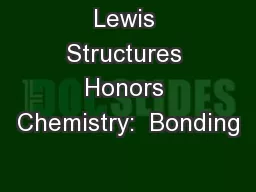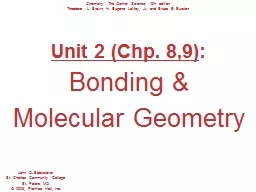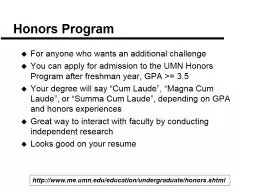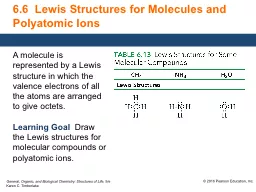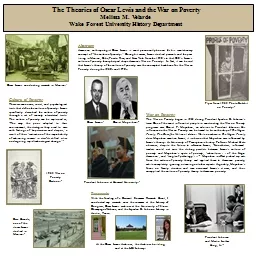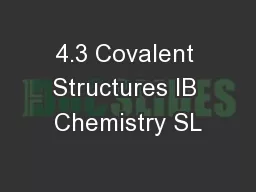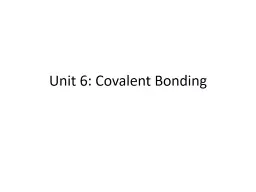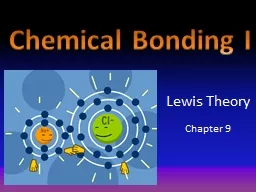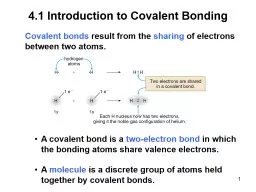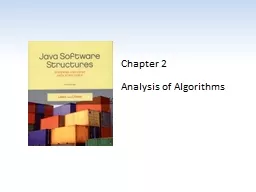PPT-Lewis Structures Honors Chemistry: Bonding
Author : liane-varnes | Published Date : 2018-03-14
Gilbert Newton Lewis American chemist October 25 1875 March 23 1946 I have attempted to give you a glimpseof what there may be of soul in chemistry But it may
Presentation Embed Code
Download Presentation
Download Presentation The PPT/PDF document "Lewis Structures Honors Chemistry: Bond..." is the property of its rightful owner. Permission is granted to download and print the materials on this website for personal, non-commercial use only, and to display it on your personal computer provided you do not modify the materials and that you retain all copyright notices contained in the materials. By downloading content from our website, you accept the terms of this agreement.
Lewis Structures Honors Chemistry: Bonding: Transcript
Download Rules Of Document
"Lewis Structures Honors Chemistry: Bonding"The content belongs to its owner. You may download and print it for personal use, without modification, and keep all copyright notices. By downloading, you agree to these terms.
Related Documents

